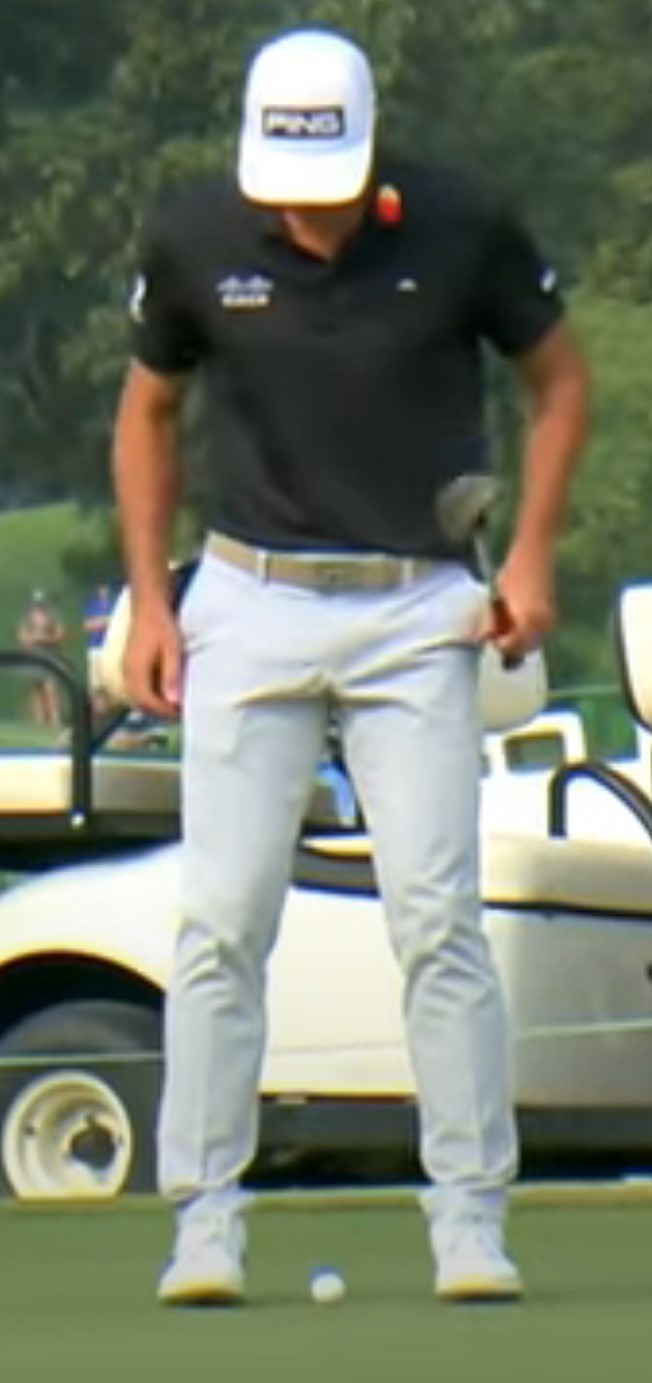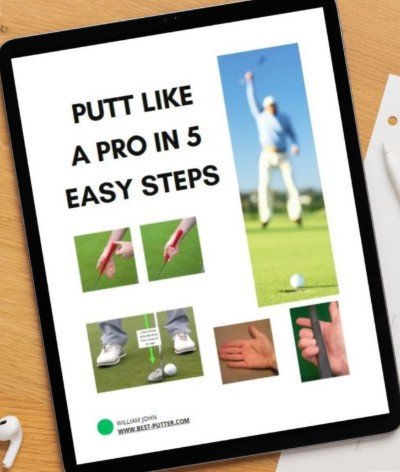Expert green reading in less than 5 minutes...
Today I want to give you a 5-minute intro to expert green reading…
Coaches have made big strides in this area of the game in the last 25 years.
Dave Pelz started measuring how slopes and green speeds affect your ball and how well players read putts in the 1980s.
The 3 major takeaways to improve your green reading are:
1. As the amount of slope increases, players (including tour pros) under-read their putts
The average amount they under-read sloping putts by is an astounding 30%. However, on short and largely flat putts players are generally good at reading putts.
The main tip here therefore is to start judging the slopes you putt on.
Try grading each one in your mind from 1-5 (this is how Aimpoint works) and on putts you judge to be, say 2 or more on this scale, play more break than you first think.
2. Good putters don’t just use their eyes to “read” putts
They walk the length of the putt picking up feedback on the severity of the slope through their feet.
You might well have seen players on the TV standing with one foot on either side of the line doing much the same:

I can vouch for the improvement this can make to green reading.
Building “foot reading” into my routine has massively helped me make consistently more accurate reads. In fact I trust what my feet feel more than what my eyes see.
"Foot reading" focuses your attention only on the part of the green that your putt will roll over and removes the distractions of the background, so it's great for spotting when your putt breaks more / less or even in the opposite direction to the rest of the green.
I’ll never drop "foot reading" from my routine now.
Give it a try!
3. Accept that your read is only ever a best guess
You can't predict down to the last fraction of an inch how a putt is going to break.
Even if you could, research shows that green surfaces are by no means 100% smooth. Two putts launched on the same line and speed down a track can end up breaking differently.
The take-away here is not to fixate on your read thinking that you have to be pinpoint accurate. All this does is rob you of the ability to make a free and confident stroke which is ultimately what will give you the best level of success.
One final thing that I see higher handicap players fail to do is to study other players' putts. Sure, most people watch a putt along the same line as their putt, but you can tell a lot from watching putts from different angles also.
Watch balls coming at all angles towards the hole.
Seeing a playing partner's putt running from the side of the hole further past than you'd expected, tells you which way the slope is going and you know your putt will move towards the place your playing partner's ball ran away to.
That's it for today. Don't forget to check out my e-book if you'd like to really dial up your putting by addressing all aspects of technique, green reading and the psychology of putting. Details are here.
Happy green reading!
William John
best-putter.com
 |
Return to the Best-Putter.com homepage
